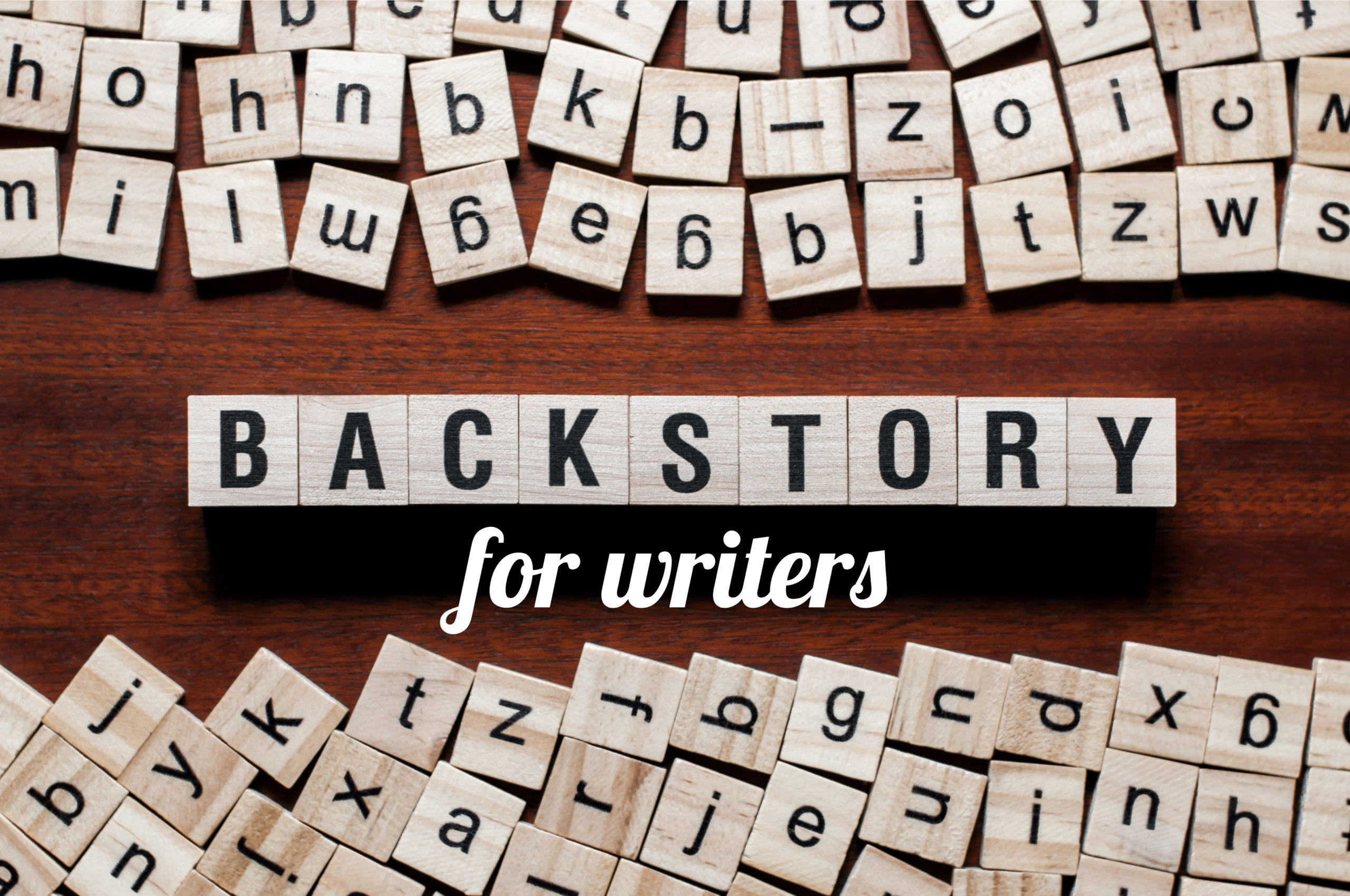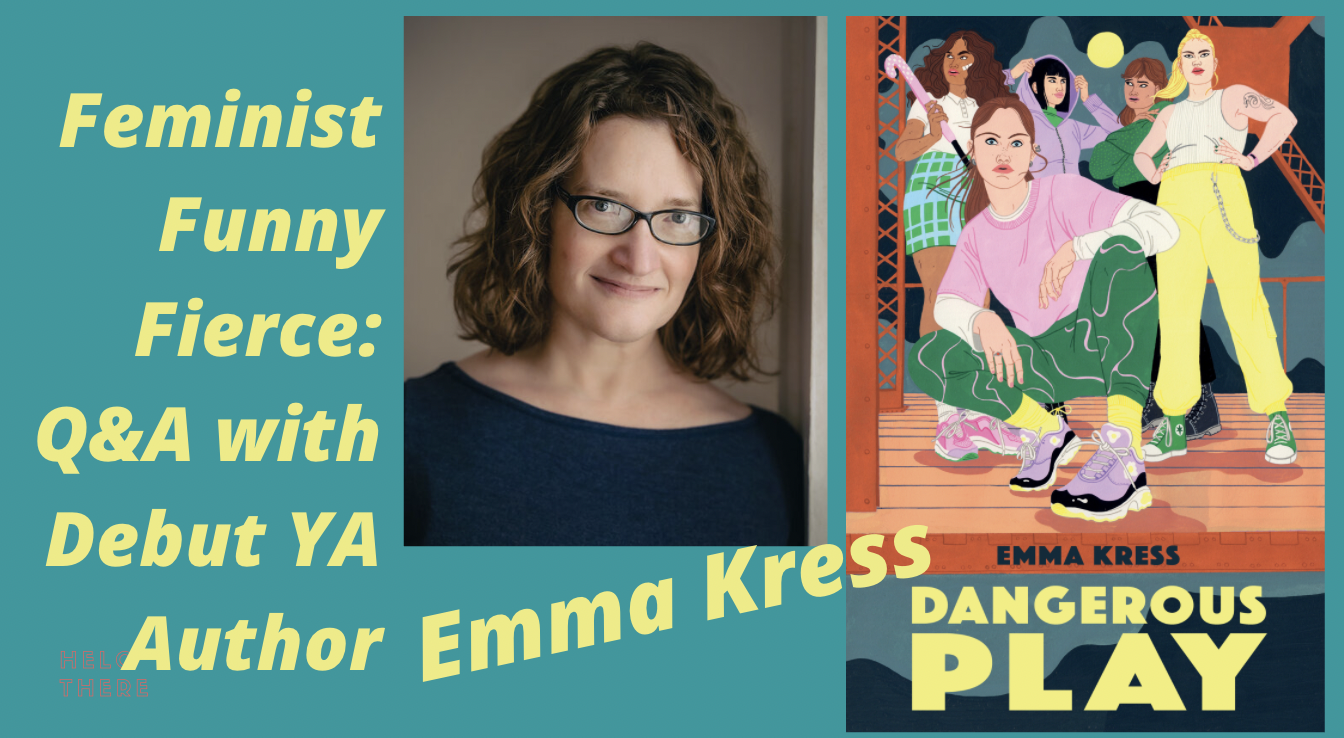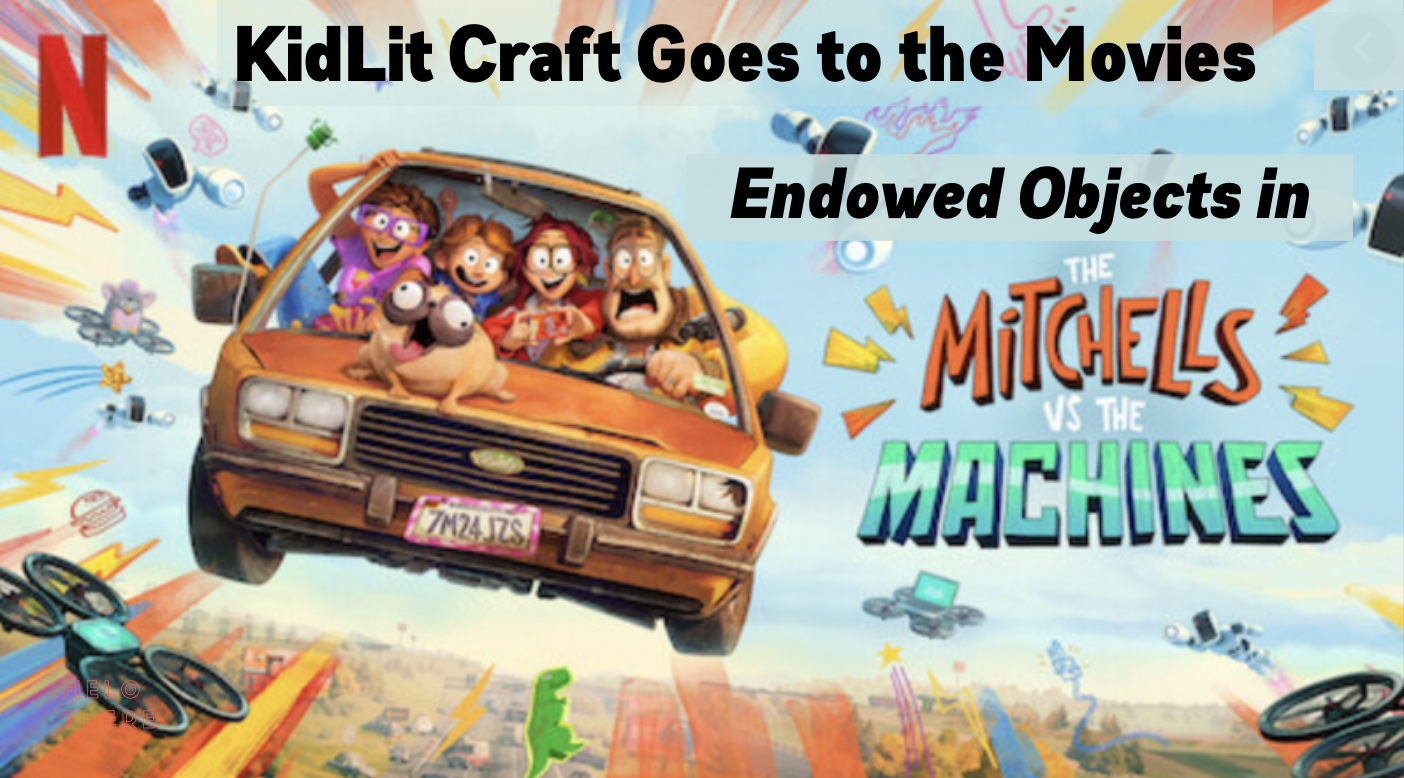hello!
JOIN US IN EXPLORING OTHERS' CRAFT AND BUILDING OUR OWN
This blog grew out of a middle grade book group for writers, held in Menlo Park, California, and we’re still going strong. Each month, we discuss a middle grade book with an eye to craft. (Last year, I wrote about strategies for starting your own craft book group.) Here’s our list of books from 2021, with a sneak peek at our first few books of 2022. We hope they inspire your reading!
If you’d like a lesson in the unexpected you’d be hard-pressed to find a better model than Losers. Instead, we’re going to look at how despite (or with the assistance of) all the silly, Heider is able to put an ache and a depth into the stories of Winston and Louise.
As writers, we hear all the time that you absolutely have to develop your characters’ backstories. We can spend a lot of time laboring over our characters’ pasts–creating, inventing, discovering–only to have someone read a draft and tell us: “Take out all the backstory!” Too much backstory can drag the pace of a story. Too little, and characters seem unmoored and unmotivated. So what to do?
I first heard Emma read from a chapter-book-in-progress, and her voice blew me away. Emma’s writing as such attention to detail, such personality, such emotional resonance. She can write funny and serious–sometimes in the same sentence. Emma’s debut YA novel, DANGEROUS PLAY comes out August 3, and I’m so glad we get a peek into Emma’s brain and writing process. I highly recommend both DANGEROUS PLAY and Emma herself.
The moose is meaningful to both Dad and Katie, and the movie creates additional layers of meaning through the old movies (flashbacks) and the way the moose moves from person to person. We know what the moose means, so we can imagine what the characters are feeling, and ultimately, we feel it too.
The authors and contributors we interviewed had so many wonderful sidewriting challenges, we thought we’d put them all in one place. Each exercise will have a link back to the original post so you can learn more about the author and how sidewriting works for them. Enjoy!
Thank you for coming along on this sidewriting journey with us. We hope you’ve found some compelling exercises AND some compelling reasons for sidewriting. Just as every writer is different, the way each writer uses sidewriting is different–as you’ve seen from our contributors.
Writer Friends! You shared with us the ways you sidewrite, and we listened. It was so fun and enlightening to get the scoop on your favorite exercises and tricks to get deep into your characters and figure out your plot.
Amber Lough: Sidewriting helps me most when the story starts to feel dry or forced, or if I feel like the characters are shutting me out. I also sidewrite when I am losing motivation, and in that case, I write about why I want to tell this story.
Margaret Chiu Greanias: Until I was asked to do this interview, I’d never heard of sidewriting. I thought maybe it was something only novelists did. But as I read Erin Nuttall’s kick-off post, I realized sidewriting is something picture book writers could do too. And then, I realized it was something that I actually do do.





